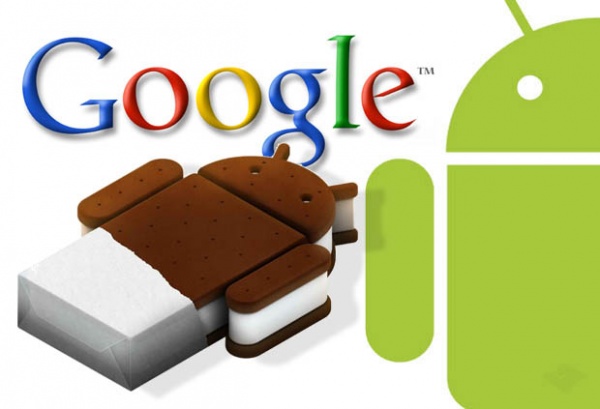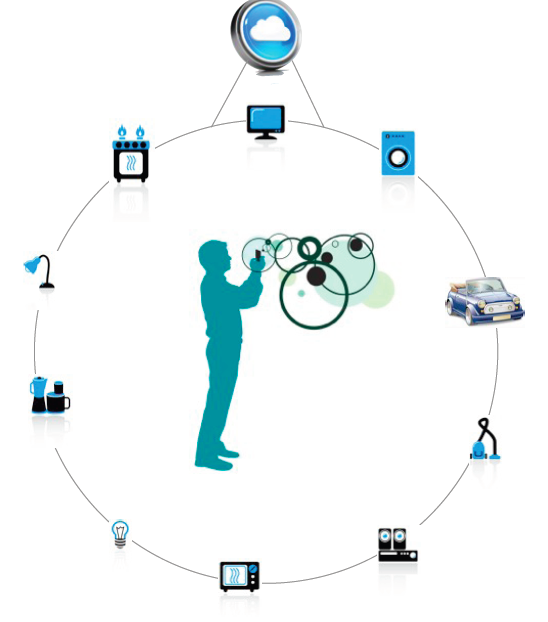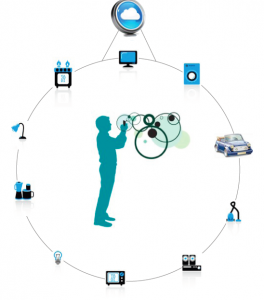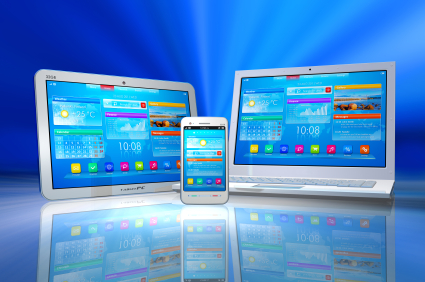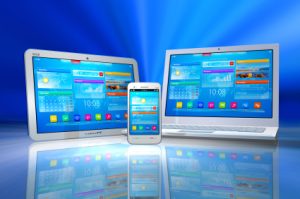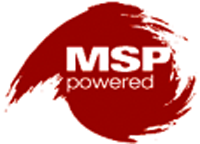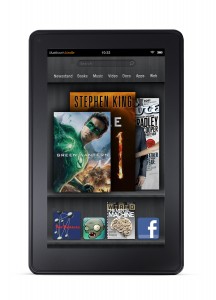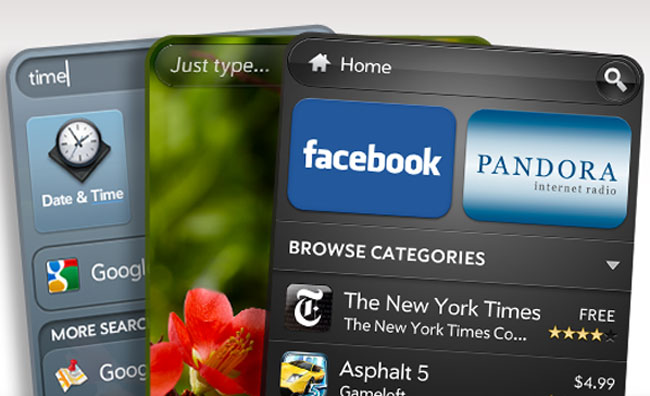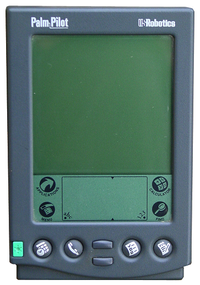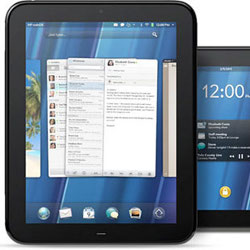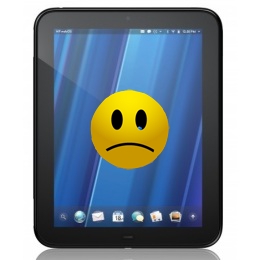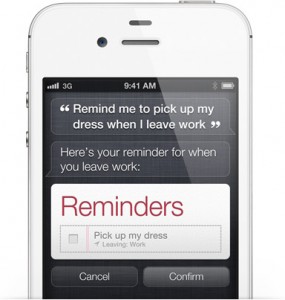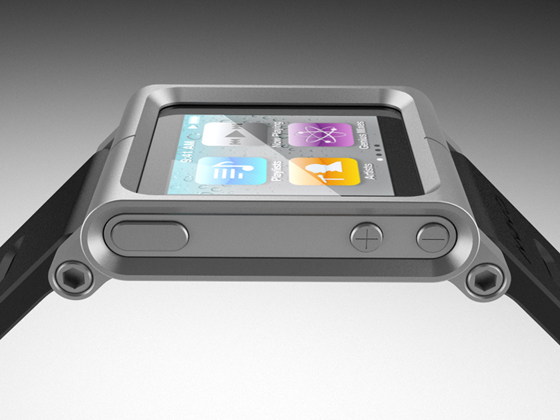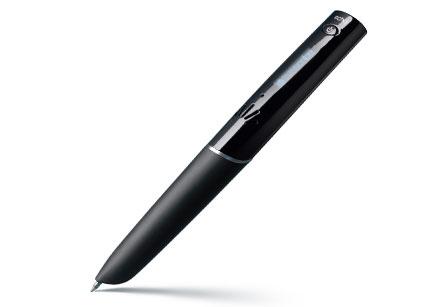We thought we would recommend some new years resolutions for the tech industry at large for 2012. Some of these are company specific and some are general.
From Patrick Moorhead
Tablet OEMs: Invest what it takes to create and market something dramatically valuable, demonstrable, and most of all, differentiated. The answer to that lies with the usage models. The solution should solve a non obvious problem or open up a new way of having fun. Don’t immediately dismiss ideas just because they didn’t work before or because the resources don’t appear to be there. Take some risks and partner on the gaps you cannot afford. The other option is a money losing price war with the iPad or the Kindle Fire.
Consumer PC OEMs: Start adding incremental value over and above a convertible tablet or docked smartphone or there may be a much smaller PC market in the future. Leverage the larger design (versus tablets) to house better hardware components which when paired with the right software create new experiences. Think effortless and accurate personal video face tagging, 99% accurate speech command, and dictation, the highest possible quality video communications, in-home PC game streaming to phones and tablets, etc. Forget about the past of what new usage models sold and what didn’t sell, because those solutions were half baked.
Social media companies: Two different social models exist, “broadcast” and “personal”. Services like Path, while more intimate, are still, broadcasting somewhat randomly to an audience that may or may not see something or may not even be relevant. In real life, there are an infinite number of “micro-circles” that exist with varying levels of context. Companies need to grasp this concept of “personal” and build tools to leverage it.
From Steve Wildstrom
For RIM: work to salvage your enterprise customers’ investment in BlackBerry Enterprise Server infrastructure even if you can’t save their investment in BlackBerrys.
For PC OEMs: Stop trying to imitate the Mac Book Air. Ultrabooks can’t win that game on price or design. Show some creativity of your own.
For tech bloggers: Stop chasing page views by running uncritically with every Apple rumor, notated how silly, unlikely, or old.
From Ben Bajarin
For PC OEMs: Stop innovating in the rear view mirror. Simply trying to make MacBook Air clones is not a strategy that will yield much fruit. A friend and colleague Rob Enderle once told me that when Toyota was grabbing market share from GM in the late 70s, GM simply tried to reverse engineer Toyota cars. Which meant that GM was making great 1970’s cars in the 1980’s while Toyota was focuses on the future GM was focused on the present. Create value, experiment, try things that are new and most importantly create a vision for your products future.
Create Feature of Value: Focus on finding and creating features that your target customer base find valuable. It is important to know what your customers want or what kind of technology innovations you can create that solve real world problems for consumers or make every day tasks easier and simpler to accomplish using your technology.
From Peter Lewis
Resolved: Stay Hungry, Stay Foolish. And, as Scott McNealy says, Stay Nervous.
Resolved: In 2012, the tech industry must make computer and data security its No. 1 priority. Accelerate the use of biometric log-ins for computers and mobile devices.
Resolved: Vote against any Congressperson who votes for the House’s Stop Online Privacy Act (SOPA) or the Senate’s even-more-evil Protect IP Act (PIPA).
Resolved: We don’t say we’re e-writing someone, or e-calling, or e-reading. So let’s stop calling it e-mail and e-books and e-commerce, et cetera.











